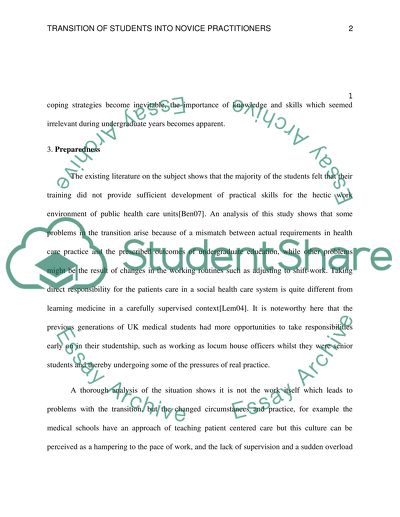Cite this document
(“Transition of Students into Novice Practitioners Essay”, n.d.)
Retrieved from https://studentshare.org/health-sciences-medicine/1399278-transition-of-students-into-novice-practitioners
Retrieved from https://studentshare.org/health-sciences-medicine/1399278-transition-of-students-into-novice-practitioners
(Transition of Students into Novice Practitioners Essay)
https://studentshare.org/health-sciences-medicine/1399278-transition-of-students-into-novice-practitioners.
https://studentshare.org/health-sciences-medicine/1399278-transition-of-students-into-novice-practitioners.
“Transition of Students into Novice Practitioners Essay”, n.d. https://studentshare.org/health-sciences-medicine/1399278-transition-of-students-into-novice-practitioners.


